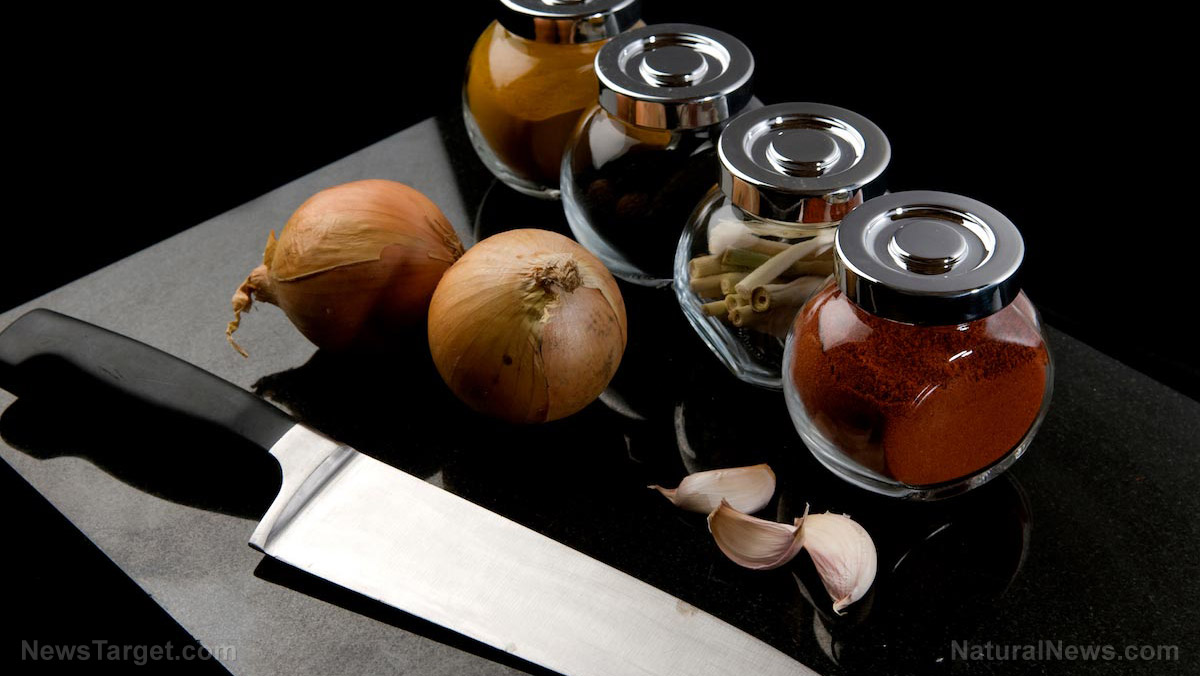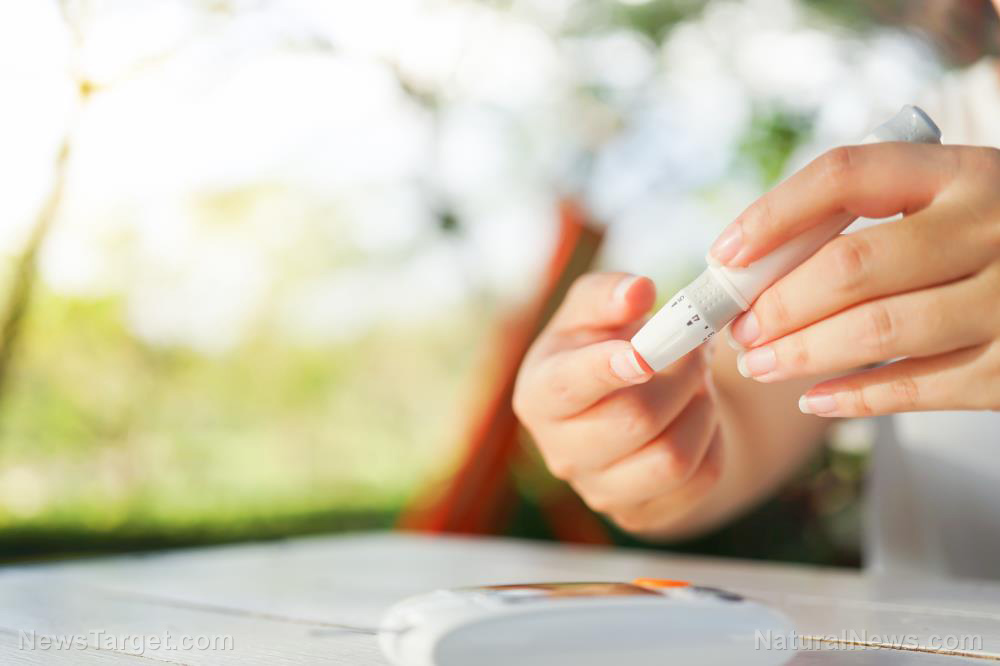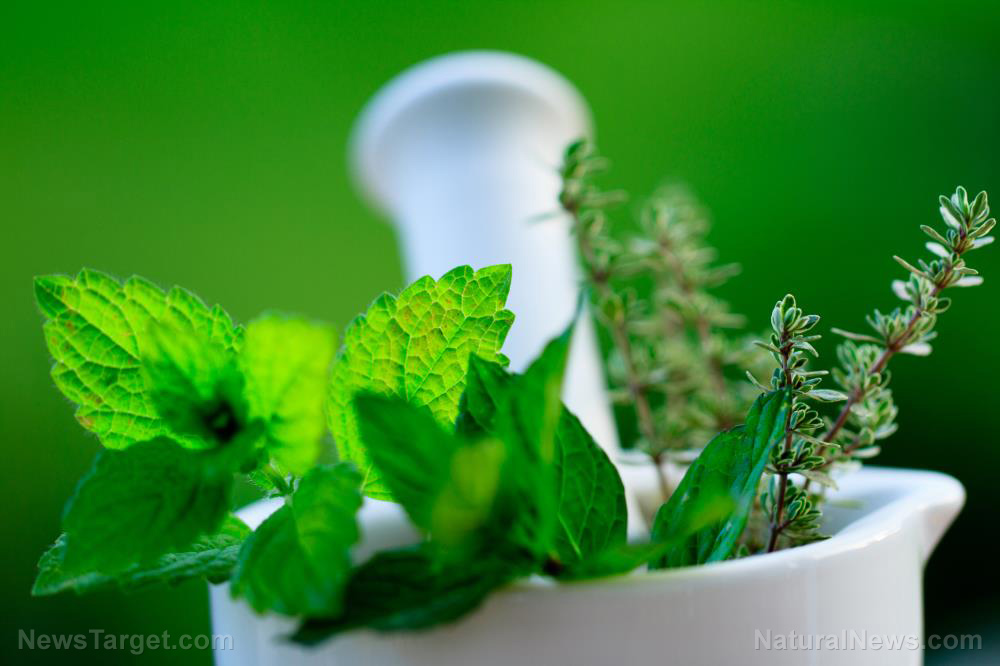Miracle fruit extract found to be rich in flavonoids and polyphenols, offering potential as a diabetes treatment
02/05/2019 / By David Williams

Diabetes mellitus is a known metabolic disease that affects millions of people worldwide every year. In fact, millions of individuals suffer from it every single day. Despite it being such a menace, there are ways of treating it. Indeed, there are certain types of plants with known anti-diabetic properties.
Now, a team of researchers has managed to look into the anti-diabetic potential of S. dulcificum leaf extracts by conducting experiments on laboratory rats with Type 2 diabetes. It’s important to find such a form of treatment that is effective because it is natural and cost-efficient, and it tends not to have that many side effects on patients.
S. dulcificum is a plant that is indigenous to West Africa. In place of sugar and other processed alternatives, it is used to modify the flavor of foods to sweetness naturally, thereby improving the overall flavor without making foods more harmful to human health.
The researchers tapped into the notion that its leaf extracts were rich in both methanol and flavonoids (MSD and FSD), which are both important to overall health. They tested the effectiveness of the leaf extract on a set of randomly selected Wistar albino rats.
Of course, it was necessary to specify groupings first and foremost. Before conducting any experiments, the researchers sub-divided the set of rats into randomly distributed groups of seven, amounting to a total of nine different groups. The first group of lab rats served as the normal control group, while groups 2 through 7 were given varying levels of either fructose in their drinking water, MSD or FSD (methanolic and flavonoid-rich leaf extracts of S. dulcificum, respectively). The length of administration of the fructose and the amounts of MSD and FSD varied. Groups of lab rats were also given streptozotocin after 14 days. The animals in the second group served as diabetic control.
The researchers noted changes in the lab rats’ biochemical parameters, and they did so by conducting certain liver tests, kidney function tests, and checking their lipid profiles. They also looked at lipid peroxidation as well as anti-oxidant enzymes in addition to just histopathology.
The researchers observed that the daily administration of MSD as well as FSD for 21 straight days, as specified in their method, showed a significant improvement in the observed pathological changes that came about due to type 2 diabetes. That means changes in their lipid profiles, as well as noticeable improvements in their liver tests and kidney function tests.
Once they were finished conducting their experiments and analyzing their study’s results, the researchers concluded that the methanolic and flavonoid-rich leaf extracts of S. dulcificum were indeed useful for their anti-diabetic potential, at least as far as lab rats are concerned for now. There is no doubt that the researchers will be looking into adopting similar forms of treatment that apply to humans. And seeing as how the method they used was highly effective in lab rats, it could lead to a significant new way of treating type 2 diabetes.
Turning to naturally-available herbal medicines, such as fruit extracts that are rich in flavonoids and polyphenols, is a step in the right direction as far as the treatment of Type 2 diabetes is concerned. This research goes to show that it’s possible to go natural all the way and still treat potentially life-threatening diseases.
Follow the latest updates on diabetes treatments in DiabetesScienceNews.com.
Sources include:
NutritionAndMetabolism.BioMedCentral.com
Submit a correction >>
Tagged Under:
diabetes, diabetes mellitus, fruits, herbal medicine, tropical fruits, Type 2 Diabetes
This article may contain statements that reflect the opinion of the author
RECENT NEWS & ARTICLES
COPYRIGHT © 2017 DIABETES SCIENCE NEWS





















